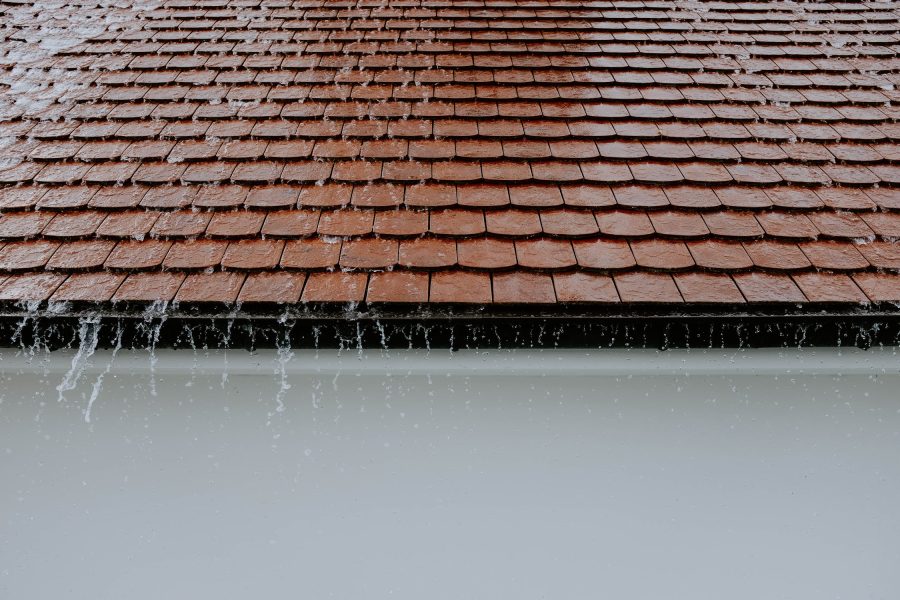If your roof is lightly damaged by a storm, you may be tempted to let it go and wait for further damage before making repairs. However, this is risky because the roof’s damage may get worse rather suddenly or unnoticeably and lead to costly repairs. Here are some issues to be aware of after your roof has sustained storm damage.

Future Storms
With additional high winds, accumulated snow, and heavy rain, a damaged roof can get worse very quickly. After the loss of a few shingles, subsequent wind damage can blow under or around the missing shingles to tear off even more of them. A weak area of the roofing can be torn off with the next storm, such as loose bricks or flashing from the chimney area. Drainpipes and gutters can also fall or get dented and disrupt the channeling of moisture from the roof. In turn, this can cause damage to the home’s siding, windows, and foundation.
Wildlife Infestation
Holes, gaps, or cracks in the roof, the eaves, the gutters, or the chimney offer a tempting entrance to insects like bees, ants, and wasps. They can build nests in the attic or in the damaged part of the roof to become a safety hazard for anyone using those areas, whether family members or hired contractors. Birds can also build nests in a damaged roof and sometimes find entrance into the home. Bats often find ways to enter homes through damaged roofs and establish a colony, raising the risk of contact with possible bat bites or rabies. All of these creatures can make the original roof damage worse and lead to expensive repairs involving wildlife control services as well as roof contractors.
Wear and Tear
Natural wear and tear from seasonal breezes, rain, and snow can further roof damage and increase the amount of money needed to make repairs. Within five or ten years, the typical homeowner might expect to repair or replace part of the roof. But with added storm damage, the need for more imminent repairs becomes likely. Also, the normal repairs could be more expensive due to the roof damage.
Aging
All residential roofs begin to break down over time. The homeowner will need to consider replacing the roof after ten or fifteen years or maybe longer if the normal roof is in good condition. But a storm-damaged room is susceptible to accelerated aging due to broken or missing parts as well as damp, mildewed, or dry rotted materials. The cost to repair the roof could increase just from the basic aging process coupled with storm damage.
Don’t wait to get your roof checked and fixed if a storm has hit your home. Take care of problems right away to avoid costlier repairs later.